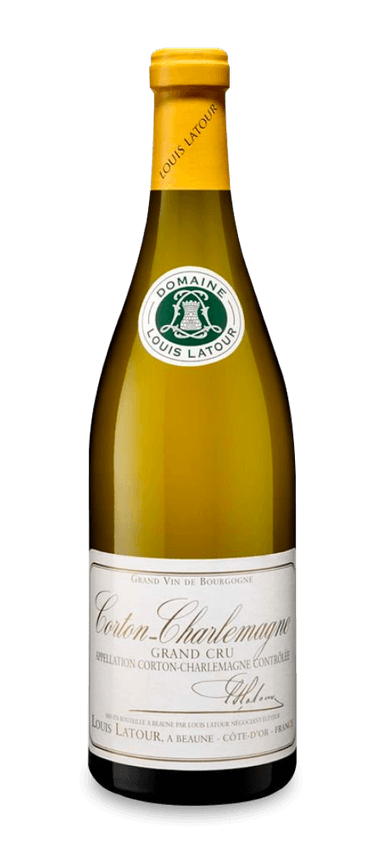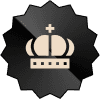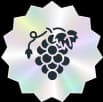- Home/
- Wine Directory/
- France/
- Burgundy/
- 2016 Domaine Louis Latour, Corton-Charlemagne Grand Cru
Market Data
| Date | Price | Quanity | Platform |
|---|
No Recent Sales Data
The estimated market price factors in data from multiple sources; however, the transaction history shown here reflects sales completed on the Vinovest platform only. Additional transaction data from other marketplaces will be available in future updates.
Where is my wine stored?
Rest easy knowing your wine is in expert hands. We take care of all the storage and handling details for you. Plus, you're always welcome to come by and check out your wine in person.



- Secure Storage
- 100% Insurance
- Legal Protection
Conditions Standards & Authentication
Condition Standards
- All bottles are inspected for label and cork condition
- Fill levels are verified and documented
- Stored in temperature and humidity controlled facilities
- Original packaging preserved when available
- Professional handling and transport protocols
- Condition notes provided for each lot
Authentication Process
- Source Verification
All assets traced to verified sources
- Expert Authentication
Professional assessment and verification
- Secure Storage
Professional facility with full insurance
- Platform Listing
Available for verified investment
About This Wine
The phylloxera epidemic raged through vineyards until the end of the 19th century. With dead aligoté and pinot noir vines, the Latour family faced a difficult decision. Ultimately, they replaced the vines and planted chardonnay in their place. The decision proved fortuitous, giving wine lovers Louis Latour Corton Charlemagne, one of Burgundy’s most beloved white wines. The 100 chardonnay comes from grand cru terroir that sits on the southeastern facing slopes of Aloxe-Corton. The fruit is aged in 100 new oak from the estate’s own cooperage, delivering a touch of wood flavor to the rich and creamy body. Stone fruit, Meyer lemons, lime zest, and freshly baked pastries form a powerful centerpiece, while the long, penetrating finish leaves the palate with a kiss of salinity. The Final Sip: Louis Latour is one of the best-known wine houses in Burgundy, and this full, focused, and fruity chardonnay underscores why.


